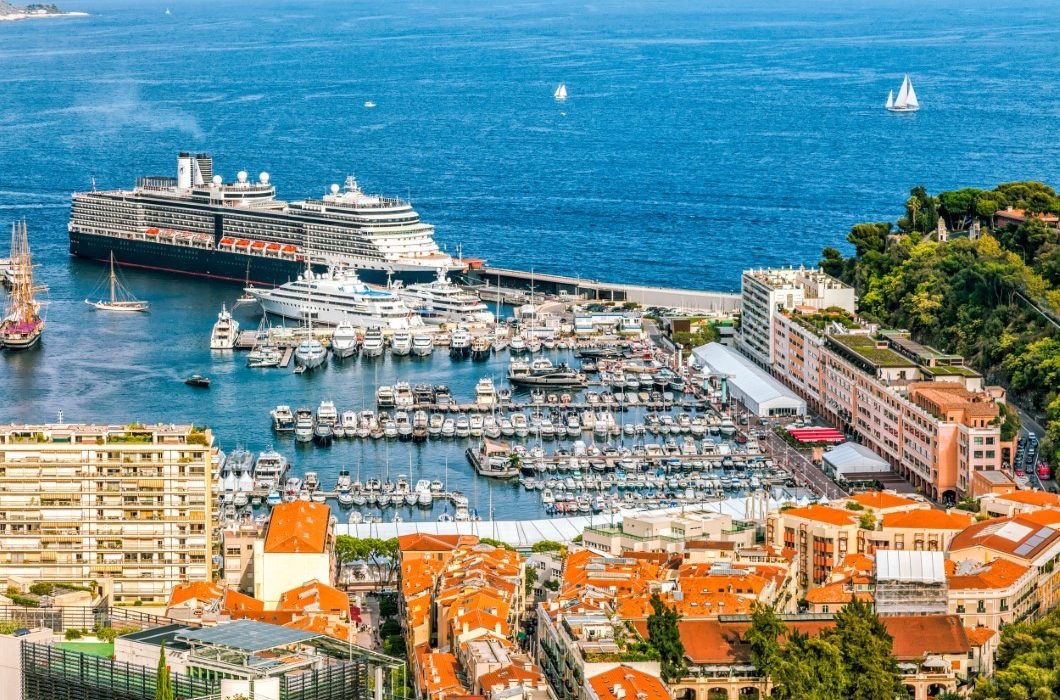
You might also like:
European cruise sector reported growth. The demand for cruises has increased by 68% in ten years. Between 2010 and 2017, the number of passengers in Europe increased from 5.5 million to 6.96 million, representing a growth of 26% (+7.8% compared to 2015). Globally, the increase is equally impressive, rising from 20.5 million in 2011 to 26.75 million in 2017 (+33%).
According to Clia Europe (Association Internationale des Compagnies de Croisières), 40 cruise lines are domiciled in Europe, operating 137 ships with a capacity of approximately 164,000 beds. Another 75 ships with a capacity of approximately 95,000 beds are deployed in Europe by 23 non-European cruise lines.
Europe remains a “dynamic hub” for the cruise sector. First of all, the Old Continent is the second most popular destination in the world behind the Caribbean. Secondly, European shipyards are at the center of the global cruise ship construction industry. No less than 66 ships representing almost $30 billion are under construction and should be finished by 2021. Many of them will be powered by LNG (liquefied natural gas), which is much less harmful to the environment.
“We will have ever cleaner fleets,” says Erminio Eschena, president of Clia France, who explains that LNG leads to “25% less carbon emissions, 85% less carbon monoxide emissions, 95% less fine particulate emissions”.
As the fifth largest issuing market and sixth largest as a boarding country, France obviously has a role to play. Especially since it has expertise in shipbuilding with the STX shipyards in Saint-Nazaire. However, the cruise sector in France has been in decline for two years (-17.7% of passengers in 2017 compared to 2015).
In 2017, according to the latest figures from the Clia, 504,000 French passengers took a cruise. This represents a market share of 7.2% in European cruise sector far away from the German (31.5%) and British (28.3%) locomotives, but above all this figure reflects a 17.7% drop in the number of cruise passengers compared to 2015 (almost – 10% compared to 2016).
As Antoine Lacarrière, Head of France, Belgium and the Netherlands within the Clia, points out, this is due to a decline in companies’ capacities in the French market and the shutdown of a major operator, Croisières de France at the end of 2016.
While the decline in the number of French cruise passengers in the last two years is a mechanical phenomenon, 2018, which saw the arrival of new ships (MSC Seaview, Symphony of the Seas by Royal Caribbean, Norwegian Bliss, etc.), looks much better..

The cruise industry contributes to the European economy with a record 47.86 billion euros in 2017. This represents an increase of 16.9% over the previous figure published in 2015. France is the country with the highest increase in direct expenditure at 36% and represents nearly 11% of the total direct expenditure of the top five countries (Italy, Great Britain, Germany, Spain). Expenditures increased in the construction of ships as well as passengers and crews. Construction is far in the lead with an 81% increase. Expenses by cruise lines, including the remuneration of their employees residing in France, rose by 7.4%.
With regard to employment, between 2015 and 2017 the European cruise sector generated more than 43,000 new jobs in Europe for a total of 403,621 people working in this sector.
Source: tourism-review.com



